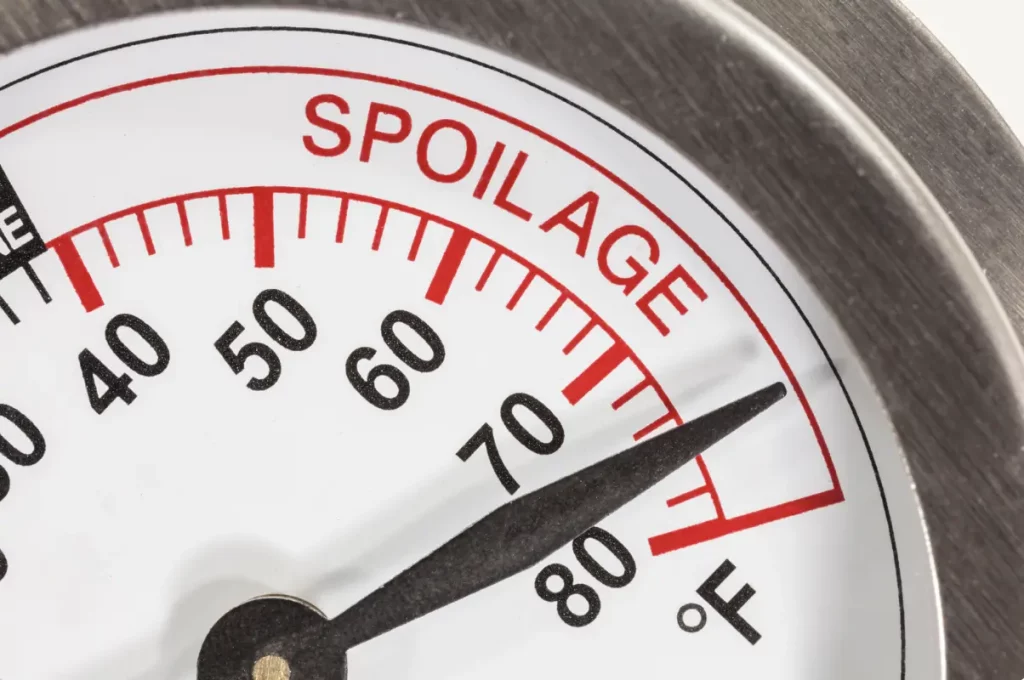Just because you have a refrigerator or freezer does not guarantee it is cold enough to keep perishable foods in. Because the food service industry’s rules are so stringent, this is especially true for commercial refrigeration products. Foods’ appearance, flavor, nutrient content, and, most critically, their safety can all be affected by the temperature in which they are stored.
The Right Temperature
A refrigerator’s purpose is to retain items at a cooler temperature to slow bacteria growth, whereas a freezer’s objective is to totally stop bacteria growth. The normal operating temperature range for commercial refrigeration units is between 36 and 45 degrees Fahrenheit. If you keep foods at a temperature lower than 36 degrees Fahrenheit, you risk freezing items that shouldn’t be frozen, such as milk and dairy products, yet if you store them at a temperature higher than 45 degrees Fahrenheit, the food may spoil. Refrigerated products must be maintained at 41 degrees Fahrenheit or below, according to the US Food and Drug Administration (FDA). However, because colder food lasts longer, 38°F is an appropriate temperature for commercial refrigeration. The temperature ranges in the freezer are typically substantially cooler.
Because certain foods are more susceptible to cold temperatures than others, the temperature you need to set depends on the type of food you\’re storing as well as the type of refrigeration unit you\’re using. Foods that must be stored below 35°F, for example, will require a forced defrost procedure. Based on the sort of refrigeration unit you have, here are some general temperature ranges:
- Reach-In Refrigerators 35F to 38F
- Walk-In Refrigerators 35F to 38F
- Reach-In Freezers +5F to -10F
- Walk-In Freezers 0F to -10F
- Ice Cream Freezers -10F to -20F
It takes time for commercial refrigeration units to reach their specified temperatures, and the larger the unit, the longer it takes. Before putting food products in your refrigerator, wait a full day after adjusting the temperature and then check it again.
Stabilizing Temperatures
So, once the temperature has stabilized, how do you keep it stable? When the doors to commercial refrigeration equipment are open, the temperature rises. Because equipment thermostats are positioned near the doors, a false reading can occur. If the temperature is higher than normal, wait 5 to 10 minutes with the door closed before checking it again. You don’t want to end up paying for a service call that you don’t require.
Make sure your crew understands the necessity of keeping refrigerator and freezer doors and drawers shut. You may consider a secondary thermometer, like the Admiral Craft RFT-1 thermometer, to be placed under or near the evaporator coil due to the inaccuracy of the thermometers on equipment doors. If you have worries about some temperature-sensitive items, you should have thermometers or freezer alarms installed to warn you if they are thawing.

